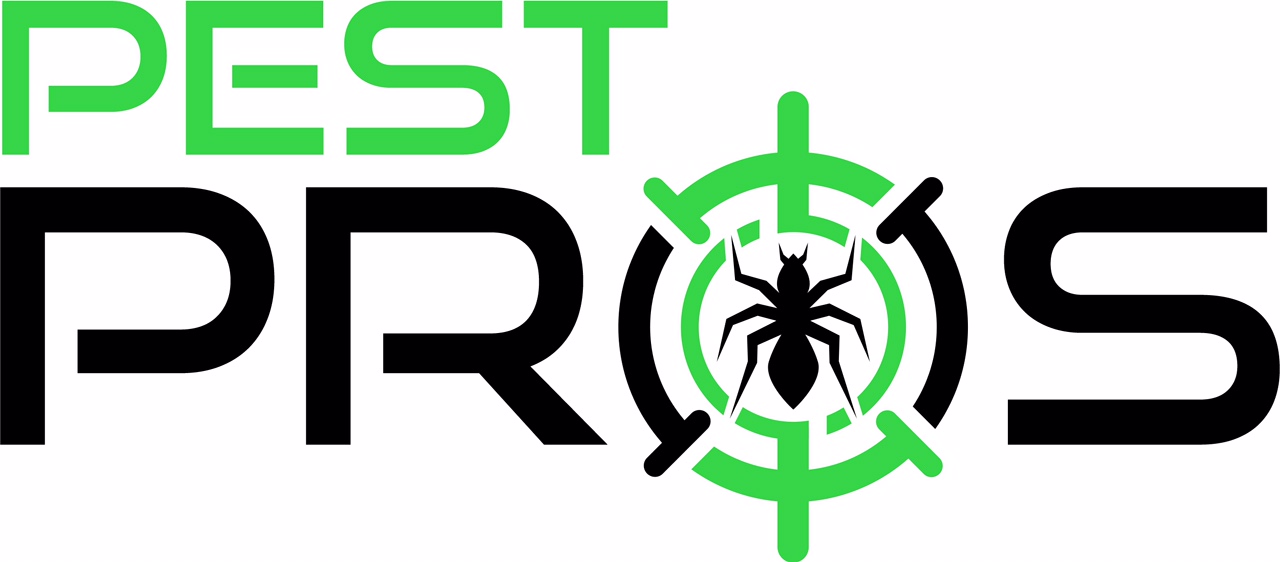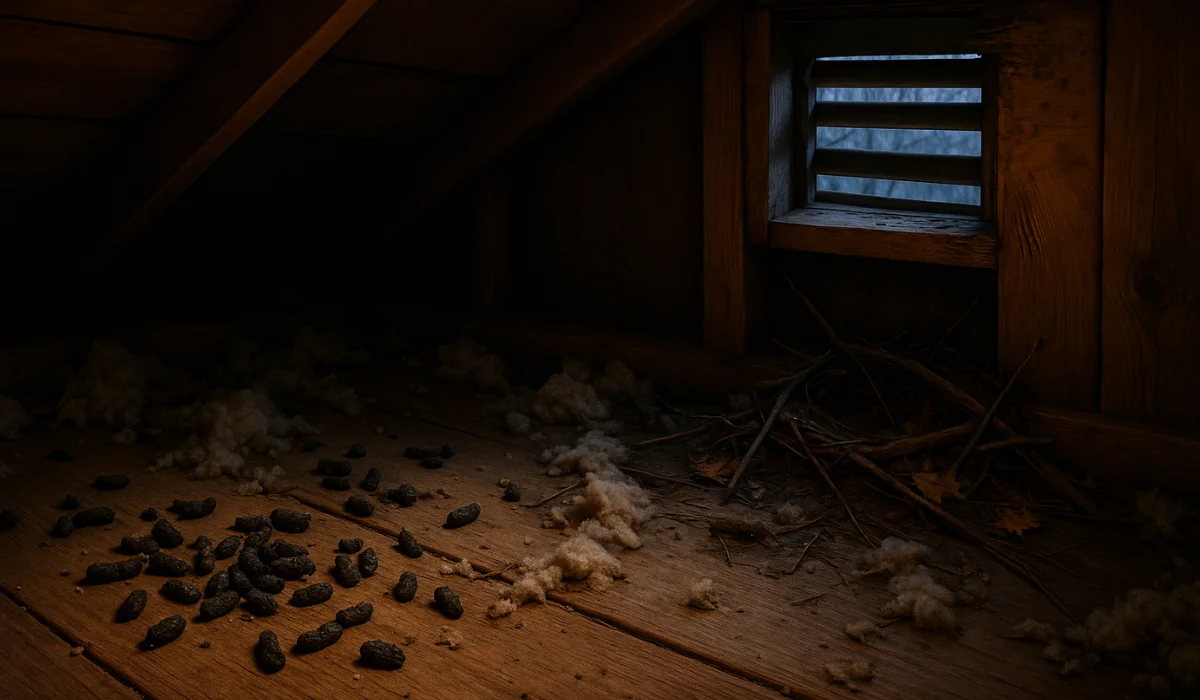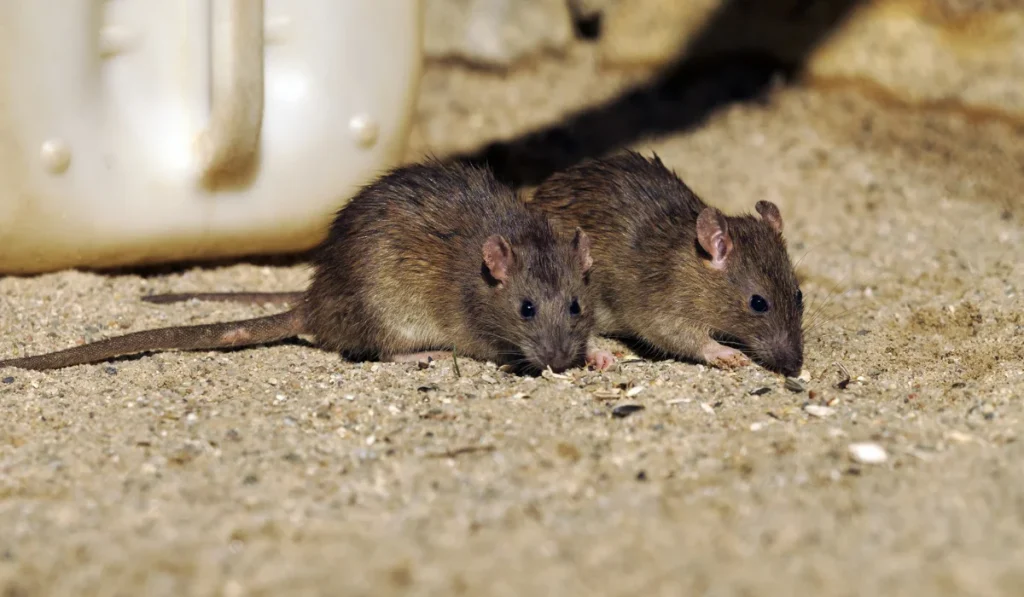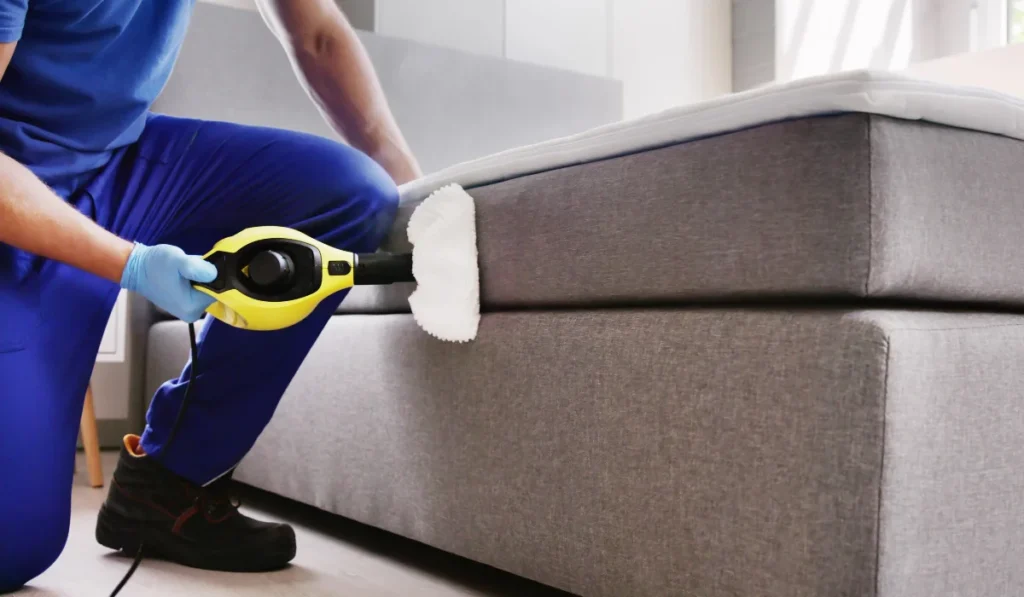Wildlife should stay in Michigan’s forests, not in your attic or crawl space. If raccoons, skunks, opossums, or flying squirrels move in, they bring health risks, property damage, and stress.
Spotting wildlife signs early helps you stop minor problems before they become costly infestations.
Here are the most common warning signs and how wildlife control services in Kalamazoo and Grand Rapids can protect your home.
Key Takeaways
- Droppings, nesting materials, and unusual noises are common signs that you may need wildlife exclusion.
- Damage to shingles, wiring, and vents often means animals have found a way inside.
- Professional wildlife removal services prevent infestations from returning.
- Acting quickly reduces property damage and health risks.
Understanding Wildlife Exclusion
Wildlife exclusion involves finding and sealing entry points to prevent animals from entering your home or business. Instead of just removing animals, it stops them from coming back by using strong materials like hardware cloth, sheet metal, and flashing.
Animal Droppings and Feces in Michigan Homes
Animal droppings are one of the most evident signs of wildlife activity. You might see raccoon feces on the roof near loose shingles or rodent pellets in your garage. Droppings smell, attract insects, and can also carry harmful pathogens. If you find them in attics, crawl spaces, or along baseboards, call a wildlife control professional.
Property Damage and Nesting Materials
Wild animals often leave behind shredded insulation, leaves, sticks, or paper when building nests. Animals usually tuck this debris into dark attic corners or stuff it into vents. Damage to electrical wiring, chewed wood, or torn shingles is also typical.
Even small gaps can let animals in, so check for these warning signs.
Strange Noises and Wildlife Activity
Scratching in the walls, scurrying above the ceiling, or thumping in the attic often points to wildlife infestations. Raccoons, flying squirrels, and some rodents are most active at night, while skunks and opossums may wander into basements or crawl spaces looking for shelter.
If you hear movement often, you likely have a wildlife problem that needs wildlife control.
Odors and Stains
Strong odors may mean urine buildup or a dead animal in a hidden area. Staining on ceilings or walls could indicate that liquids are seeping from an attic nest. Skunks, in particular, leave behind a distinctive odor that clings to furniture and fabrics.
Damaged Entry Points
From loose soffits to foundation gaps, wildlife uses any weak spot to get inside. Raccoons often tear into roof vents or push through attic louvers.
Professionals can quickly install hardware cloth and other materials, but sealing these spots is key to preventing repeat visits.
Park Signs vs. Home Safety Signs
While park signs might warn you about feeding wild animals or approaching them, homeowners should think about their own “safety signs.”
If you see damage, droppings, or wildlife activity near your home, it’s time to call a professional wildlife removal service.
Why Professional Wildlife Control Matters
DIY fixes often fail because they miss hidden entry points and the root cause of the infestation. Pest Pros of Michigan uses proven techniques to remove animals and seal your home against future problems.
Get professional wildlife exclusion backed by a lifetime warranty. Call us today to keep your home protected for good.
FAQs
What animals are most common in Michigan homes?
Raccoons, skunks, opossums, bats, and flying squirrels are frequent invaders. Each can cause property damage and spread disease, making fast wildlife removal necessary.
How do professionals seal entry points?
Wildlife control experts use heavy-duty materials like hardware cloth, sheet metal, and flashing to block gaps. This creates a long-lasting barrier against wildlife infestations.
Why is it risky to handle wild animals yourself?
Wild animals may bite, scratch, or transmit diseases. Professional animal removal ensures the job is done safely, with no harm to you or your property.



